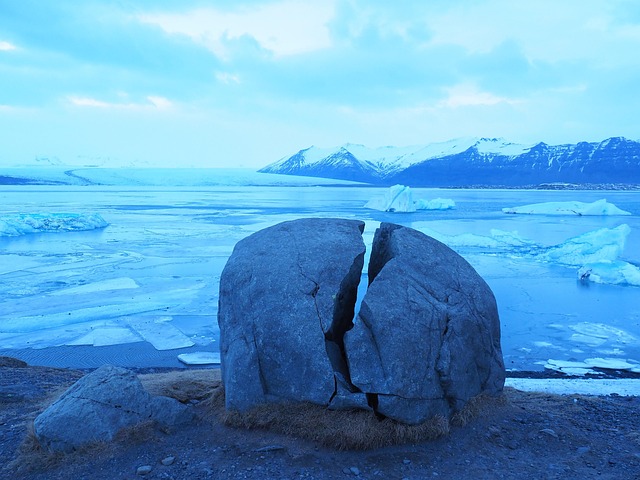Vanishing Ice: The Urgency of Glacier Melting
As we gaze upon the majestic ice caps that soar above the earth, it’s hard not to feel a sense of wonder. These ancient giants have stood the test of time—silent witnesses to our planet’s history. However, the alarming reality of glacier melting casts a shadow over their grandeur, evoking a deep sense of urgency that all of us must confront.
The Harsh Reality
Recent studies reveal that glaciers worldwide are retreating at an unprecedented rate. Between 2000 and 2020, some of the world’s largest glaciers lost a staggering amount of ice, contributing to rising sea levels and disrupting ecosystems. This phenomenon is not merely an environmental concern; it affects millions of lives. Communities that rely on glacial meltwater for drinking and irrigation face an uncertain future. As these icy giants shrink, they take with them the very resources that sustain both humans and wildlife.
A Reflection of Climate Change
The science is clear. The primary driver behind the rapid glacier melting is climate change—an urgent crisis caused by human activity. Temperatures are rising, weather patterns are shifting, and extreme weather events are becoming more common, all leading to significant alterations in our ice caps. Each glacier that melts represents a loss not just of ice, but of biodiversity, ancient habitats, and geographical features that have defined our planet’s landscape for millennia.
The Emotional Weight of Melting Ice
For many, glaciers are symbols of beauty, strength, and endurance. The thought of these breathtaking landscapes disappearing is disheartening. People around the world have experienced the wonder of hiking on a glacier, skiing down pristine slopes, or simply standing in awe of frozen waterfalls. The notion that future generations might never witness these natural wonders generates a palpable sense of grief and urgency.
The Ripple Effect
The consequences of glacier melting extend far beyond their immediate surroundings. As glaciers recede, they not only contribute to rising sea levels but also affect global weather patterns and ocean currents. These changes have profound implications for agriculture, biodiversity, and even our mental health. The loss of glaciers can lead to extreme conditions, such as droughts and flooding, further disrupting the delicate balance of our ecosystems.
Taking Action
While the situation appears dire, there is hope. Raising awareness, advocating for climate policies, and supporting sustainable practices are crucial steps in combating glacier decline. By coming together as a global community, we can take action to protect these icy sentinels of our earth. Every effort counts, whether it’s reducing carbon footprints or supporting renewable energy initiatives. Each small change in our daily lives can contribute to the collective action necessary to slow the pace of glacier melting and preserve these magnificent wonders for generations to come.
Let us not wait until it’s too late. The glaciers are calling out for our help, and it is our responsibility to listen. Embrace the urgency of their plight and let it inspire you to act. Together, we have the power to make a meaningful difference before the last remnants of ice vanish from our sight.



